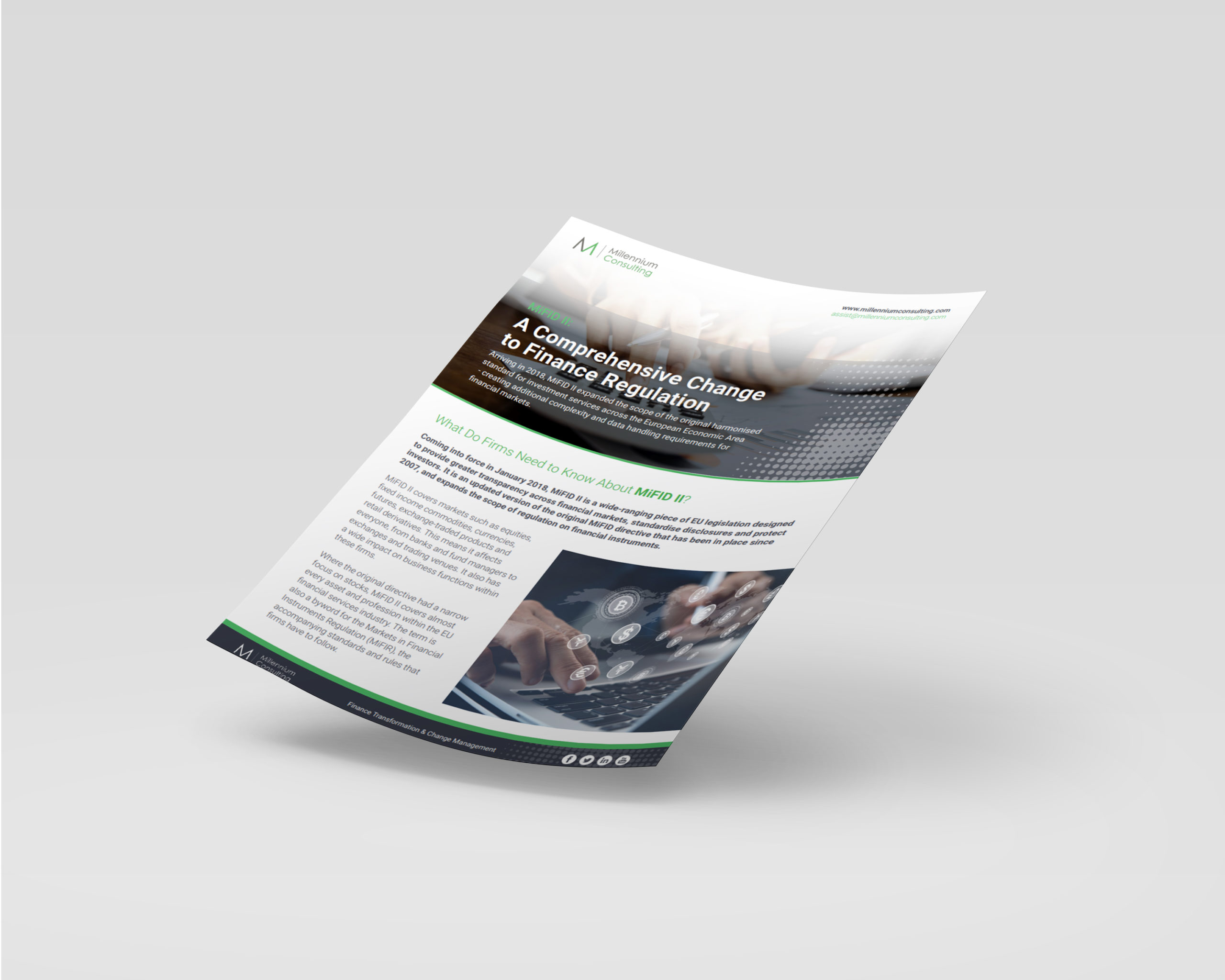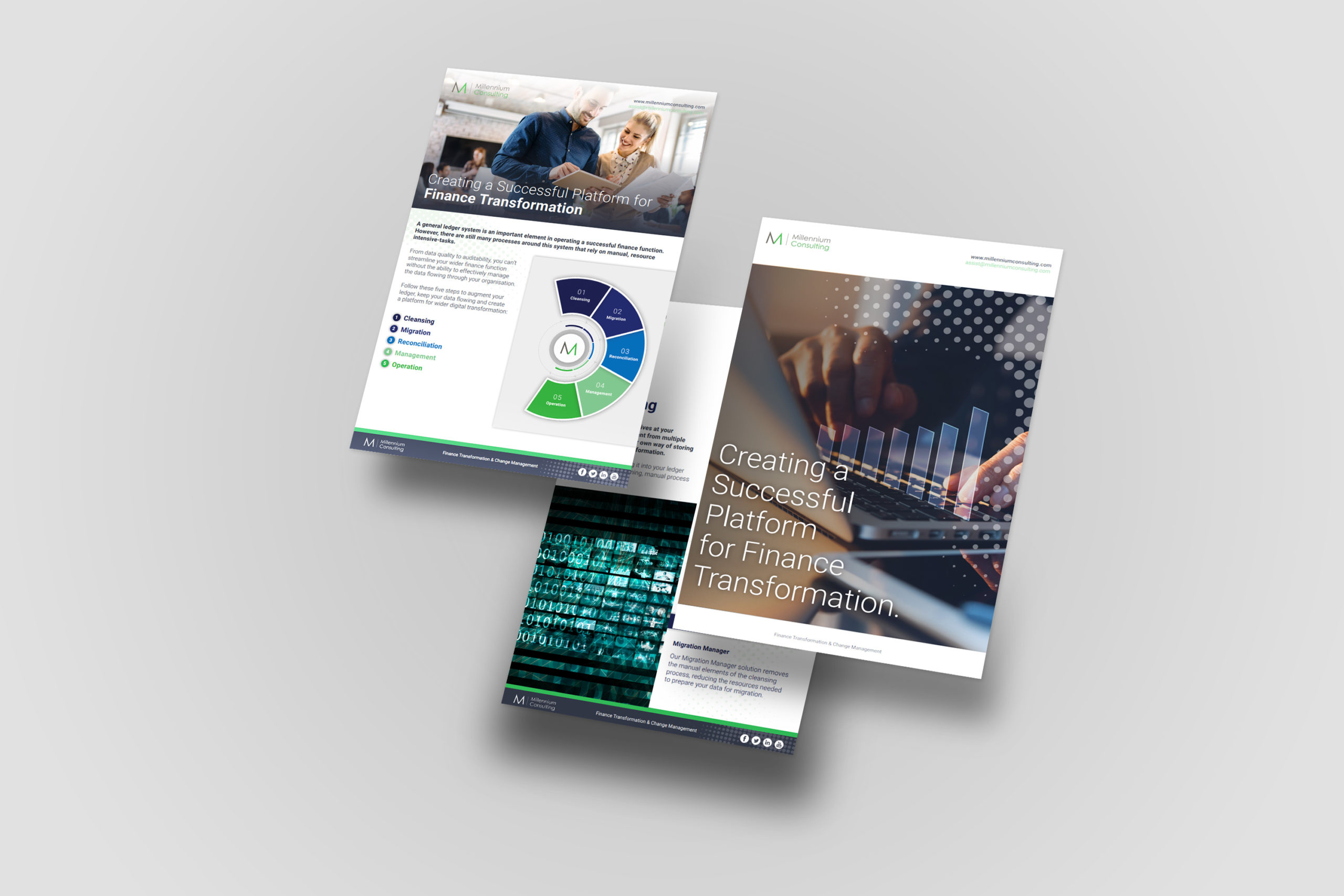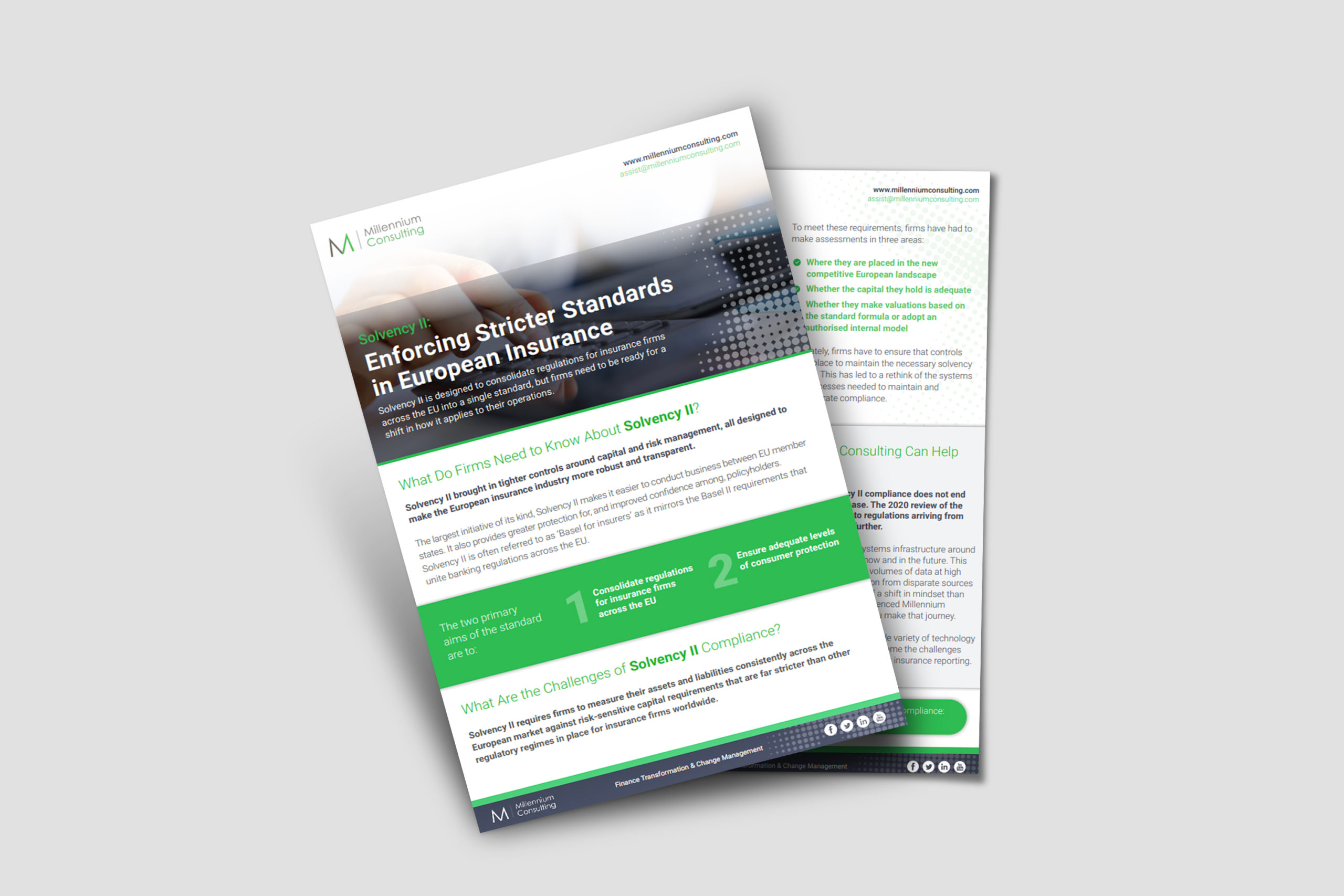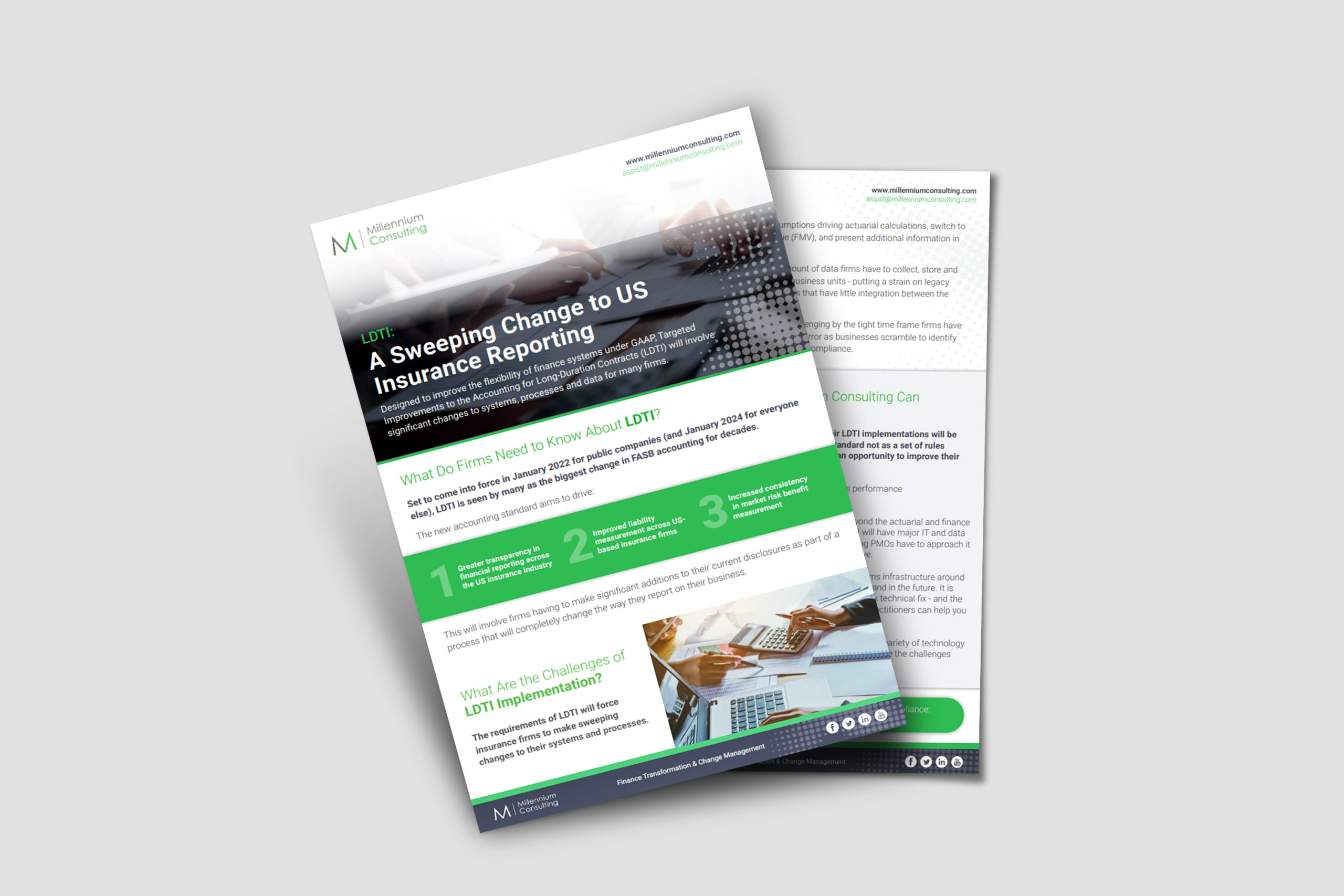The Millennium Consulting Unit4 Financials Global Conference 2020 ONLINE

The Millennium Consulting Unit4 Financials Global Conference 2020 ONLINE
Millennium’s biggest event of the year goes virtual! Hear from Unit4 Financials leaders all in your browser and on-demand.
Below you will find interesting presentations relating to Unit4 Financials, associated products and tools and Project/Change Management.
Unit4 CEO Mike Ettling
Unit4 CEO Mike Ettling
Unit4 CEO Mike Ettling speaking at the Millennium Consulting Unit4 Financials Conference 2020.
The best new features introduced in Unit4 Coda Financials Versions 13 and 14
The best new features introduced in Unit4 Coda Financials Versions 13 and 14
The best new features introduced in Unit4 Coda Financials Versions 13 and 14. Presented by Millennium Consulting's US Consulting Manager Mike Robinson.
Unit4 Financials February 2020 release and future plans
Unit4 Financials February 2020 release and future plans
Unit4 Product Director Craig Bass presenting - Unit4 Financials 2020 Q2 and the Unit4 Roadmap - At the Millennium Consulting Unit4 Financials (Lockdown - Online) Conference 2020.
Tips on how to best maintain your Unit4 Financials system if hosted on premise
Tips on how to best maintain your Unit4 Financials system if hosted on premise
Tips on how to best maintain your Unit4 Financials system if hosted on premise. Presented by Millennium Principal Technical Consultant Jawaid Maqbool.
Unit4 Financials 2020 Q2 (previously known as version 15)
Unit4 Financials 2020 Q2 (previously known as version 15)
The new features of Unit4 Financials 2020 Q2 (previously known as version 15) at the Millennium Consulting Unit4 Financials Conference 2020. Presented by Millennium's Principal Consultant Phil Leaf.
Unit4 Prevero Integrated Financial Planning Model
Unit4 Prevero Integrated Financial Planning Model
Unit4 Financial Planning & Analysis makes it faster and easier for your people ... Unit4 Financial Planning & Analysis (FP&A) is the new name for Unit4 Prevero. Presented Oliver Sullivin Principal Solution Consultant at Unit4.
Life after Coronavirus, longer term impact on global trends, business and your wider world
Life after Coronavirus, longer term impact on global trends, business and your wider world
The keynote speech - Life after Coronavirus, longer term impact on global trends, business and your wider world. Presented by Patrick Dixon - Europe's leading futurist.
Millennium MBilling Powered by Icorp
Millennium MBilling Powered by Icorp
If you are looking for a powerful invoicing solution that easily integrates with various source systems as well as with your financial system, we invite you to join this presentation of Millennium MBilling - Brought to you by Icorp.
The current tax landscape - Brexit, MTD, COVID from Avalara: Automated Tax Software
The current tax landscape - Brexit, MTD, COVID from Avalara: Automated Tax Software
Join tax compliance experts from Avalara as they take a look at the impact of recent events on businesses when it comes to tax compliance.
The Five Elements to Project Success
The Five Elements to Project Success
We live in unprecedented times. Rapid changes in business requirements and technological capabilities have made it more challenging for firms to keep pace and stay ahead of the competition.
Now, more than ever, they need expert help to meet the shifting needs of today’s customers, suppliers, employees and regulators.
Here are the five principles firms need to focus on to find the right partner for their finance transformation and business change projects:
- Be Ready for Constant Change
- The Best Consultants are Mentors
- Long-Term Relationships Yield Stronger Results
- Keep your Stakeholders Engaged
- Look for a Track Record of Delivery Success

Submit your details to download the Brochure:
Millennium Brochure
Millennium Consulting: Experience the Difference
At Millennium Consulting, we are experts in financial transformation, accounting, regulation, software design and development, and the impact of business and technology change.
For 25 years, we have built a reputation for quality, value and delivery. We provide global solutions and services across the world’s most demanding industries, with customers in areas as diverse as finance, logistics, construction and manufacturing.
Our customers share a common objective – solving their complex business-critical problems with no margin for error.
Consulting
Our Consulting practitioners are experts in delivering financial transformation advice and insights built on decades of industry experience.
Solutions
Our best-in-class software Solutions solve complex problems and deliver strategic, long-lasting investments. They are robust, reliable, and delivered on time and to budget.
Services
Our Services provide customers with dedicated support, expertise and ongoing management. We are your partner for growth.

Submit your details to download the Brochure:
Millennium Consulting Recognised as Unit4 Financials Top Partner
Millennium Consulting Recognised as Unit4 Financials Top Partner
August 5th, 2020
Last month (June 2020) Unit4 announced a partnership with Raven Intel, an independent review site allowing customers to share feedback and experience.
Millennium Consulting are delighted to report we have been recognised as the top Financials Partner; receiving the most reviews – twenty one positive reviews to date, with a near-perfect score of 4.8/5.
For 25 years, we have built a reputation for quality, value and delivery. We provide global solutions and services across the world’s most demanding industries, with customers in finance, logistics, construction and manufacturing.
We call it the Millennium advantage…
Creating a Successful Platform for Finance Transformation
Solutions brochure
A general ledger system is an important element in operating a successful finance function. However, there are still many processes around this system that rely on manual, resource intensive-tasks. From data quality to auditability, you can’t streamline your wider finance function without the ability to effectively manage the data flowing through your organisation.
In this brochure, we outline the five steps to augment your ledger, keep your data flowing and create a platform for wider digital transformation.
Choosing the right solution for IFRS 17
Choosing the right solution for IFRS 17 is crucial for Insurers wanting to capitalise on the benefits of InsurTech
June 8th, 2019
Technical innovation is driving significant change for the insurance industry, in areas ranging from customer experience, AI, chatbots and machine learning, through to leveraging Cloud computing. Combined with the need to respond to new regulatory challenges, such as IFRS 17, it is clear that now is the time to dramatically reengineer not only the back office but also the front office.
In recent years there has been a flood of new regulation across most industries, with the insurance sector particularly affected. Solvency II had an enormous impact and now IFRS 17 is underway. It’s not only IFRS 17 that affects insurers. They have also been affected by IFRS 15 for revenue recognition, IFRS 9 for financial instruments and IFRS 16 for lease accounting and in the USA life insurers are working through LDTI changes.
If you focus on IFRS 17 compliance, combined with future proofing your organisation, then it’s important to introduce an architecture that meets existing business needs and the new standards, but also considers future challenges. The insurance sector is embarking upon one of the biggest changes it has ever faced in the back-office. New accounting standards combined with the need to innovate, will place significant demands across the whole organisation.
One reason insurers are dependent upon legacy systems is due to the difficulties associated with introducing change. Transforming the insurance sector is virtually impossible whilst running existing business and therefore, a non-disruptive, evolutionary approach is advisable from a technical perspective.
Back office technology within the insurance sector has remained unchanged for many years, with batch-based processes currently feeding high data volumes from policy administration and actuarial based systems, through to the General Ledger. Future innovation and InsurTech requires fast-moving real-time data, therefore, moving the back-office from a traditional, historic, batch basis operating model to real time, fast processing is an important consideration.
Front office innovation needs to be supported by the back office. How should insurance contracts be delivered? Blockchain? How is that dealt with in the back office? How are crypto currencies handled? How is the Internet of Things dealt with in terms of real-time telematics? All those questions need to be factored in when looking at future state architecture, and need to be considered over and above IFRS 17, to ensure that the solutions implemented today are able to meet future demands.
The wave of regulatory change has had a wide-ranging impact, particularly concerning data, actuarial model performance and information processing methods of insurers. Increased volumes and more complex calculations have had an effect on the accounting ecosystem and ultimately reporting, which has become more onerous following the regulatory changes.
Given the monetary cost, complexity and time required, it’s easy to regard regulatory change as a burden. However, regulatory change will benefit policyholders (in terms of security of the insurance industry) and shareholders (transparency of information and understanding company performance). From the firm’s perspective, the benefits are not quite so obvious.
IFRS 17 has provided the opportunity to invest in new finance systems and encouraged the need for transformation. With regulatory change, the best place to start is to consider the data requirements. Data in the insurance industry is often inaccessible, residing in silo-based systems. The data may not be effectively harnessed and there may be quality and availability issues. Regulatory change has exposed and emphasised these data issues and this in turn has driven insurers to start building a more robust technical infrastructure.
The opportunity afforded by new technology to transform finance, requires high quality data. Regulatory change provides the opportunity to lift the lid and address some of those crucial data issues. Insurers are generally constrained by legacy operating models, which impact data quality, actuarial tools and operational processes.
Regulatory compliance requires complex calculations, which rely upon high volumes of granular information. Clunky, old-fashioned mainframe computers and proprietary database systems need to be replaced. Insurance firms have historically relied heavily upon Excel spreadsheets, Access databases and manual processes which are no longer feasible. In order to comply with the regulators and future proof the organisation, insurers need to automate processes. Back office automation investment will enable the deployment of new front office systems leading to the delivery of valuable information concerning business performance.
Automated processing can transform the back-office into less of a data management, calculation entity, delivering more insightful information to ensure front office investment pays off. Regulatory change can therefore be seen as an opportunity to invest in the back office, in areas such as cloud computing, in-memory processing and high-tech, super-fast technology that can crunch huge data volumes which support front office transformation. Regulatory change will not directly help insurers however investment incurred as part of a regulatory change programme can support the long-term digital transformation journey.
One barrier to change is the lack of time available to achieve a comprehensive transformation program. Even allowing for the one-year IFRS 17 delay, most insurers will only be able to achieve a compliance plus approach, putting a technical backbone as a foundation for future transformation. This means they will not necessarily achieve all the benefits immediately but will put the foundations in place for future enhancement.
Another significant barrier relates to the availability of funding. It’s important to consider the overall business case so that when program sponsors raise these topics with the Board and executive committees, they should look beyond simple compliance. They need to factor into the business case the cost of making an incorrect choice, choosing technology that may constrain the organisation in the future. It is essential that insurance companies invest in up to date technology which has a viable long-term future.
Of course, major change is not without risk. One option is to meet compliance needs whilst deciding upon a long-term roadmap. Timing is crucial as IFRS 17 compliance must be in place by January 2021, in order to allow for a year of parallel running and go-live in 2022. Cloud computing can help deliver the solution in line with the tight deadline. The Cloud provides proven technology and a faster way of testing, UAT, development and production rather than traditional on-premise solutions. It is also highly scalable.
Advances in technology, globalization, innovation and the rise of InsurTech have impacted virtually every part of the Insurance ecosystem. Through the rise of InsurTech, smart contracts are now being delivered via Blockchain. In underwriting there have been dramatic changes in the motor insurance market where telematics has been revolutionary. Traditional underwriting factors such as age, occupation, vehicle value etc. whilst still important are now being replaced by real-time data, that provides insight into driving habits, including cornering, compliance with speed limits, driving times (day or night) and the conditions of the roads being driven on. This is significantly changing the underwriting process and providing insurers with a more accurate insight into the risks associated with individual drivers.
Innovation provided by InsurTech requires a change in back office processes to harness competitive advantage. One solution for insurers is to ensure that IFRS 17 compliance projects interact with InsurTech and innovation departments. This will combine compliance with the future vision for what a digital strategy looks like. If insurers embrace the new technologies now available then they will be able to build a future state architecture that could remain operational for the next 15 to 20 years and will be an enabling platform, as well meeting new regulatory demands.
Insurers that combine regulatory compliance with a forward-looking digital strategy will be well placed to meet future market demands, able to compete with new market entrants and take full advantage of the benefits provided by InsurTech.

VAT News: MTD ‘Digital Links’ Deadline Extended to 1 April 2021
VAT News: MTD ‘Digital Links’ Deadline Extended to 1 April 2021
May 6th, 2020
Does your business still need to get its VAT accounts 100% digitally linked? If so, HMRC has announced some welcome breathing space.
The ‘soft landing period’ for Making Tax Digital (MTD) for VAT was due to come to an end on 31 March 2020, but has now been extended by a year. It means that all businesses have until their first VAT return period starting on or after 1 April 2021 to put full digital links in place.
Here’s a closer look at the scope of this extension, the broader requirements of MTD – and at how to make sure you stay on the right side of the rules.
Making Tax Digital: A Quick Overview
First announced in the 2015 Spring Budget, MTD is the government’s initiative for modernising the UK’s business tax framework. It’s aim is to make tax admin more effective, efficient, and fairer.
The plan, ultimately, is to bring all business taxes under the MTD umbrella. It’s an ambitious project, involving a fundamental shift from paper to digital record keeping, and from annual to quarterly reporting. To ensure compliance, it requires businesses to reassess both their reporting procedures and the accounting tools they currently have in place.
VAT has been the first area of focus in the plan. As from April 2019, the vast majority of VAT-registered businesses with a taxable turnover above the VAT threshold (£85,000) are now covered by the MTD framework.
Software requirements for MTD
Businesses caught by MTD are required to shift their VAT accounting to “functional compatible software”. In short, the software must be capable of storing and maintaining the organisation’s VAT records. It must enable the preparation of VAT returns using the information maintained in those records. It must also be capable of linking up with HMRC digitally through HMRC’s own API platform.
But what happens if your accounting processes involve more than one software application? Or what if you use spreadsheets for your accounting?
Where data is scattered across more than one location or systems, you can still be MTD-compliant, so long as you have a digital link in place for transferral of the data.
What is a digital link?
HMRC rules specify that in order to be compliant with MTD rules, a digital link must have two characteristics:
- Data must be transferred electronically between programs, products or applications.
- The transfer must be automated. In other words, the process of transferring the data must not involve any manual intervention, such as copying and pasting it from a spreadsheet to another location.
What is the ‘soft landing’?
It is essentially a ‘grace period’, providing businesses with time to get their technology in order. So during the soft landing period only, if a company has not been able to set up complete and effective digital links between its various software programs, spreadsheets and locations, HMRC will accept the use of ‘cut and paste’ or ‘copy and paste’ as a digital link.
Businesses should still note, however, that even during this soft landing period, you still need to use MTD-compliant software for actually submitting your VAT return to HMRC.
How to become fully MTD compliant
Full automation of your VAT processes isn’t just essential for compliance purposes, it also makes perfect sense for your business. Not least, it helps reduce the time and resources you need to commit to VAT reporting, freeing up your finance team to focus on driving your business forward.
With our partners, Avalara, we offer a one-stop solution to automate all forms of VAT compliance in the UK, Europe and over 50 countries around the world. To join up your multiple systems, to stay compliant and to free up your resources, speak to Millennium Consulting today.
The current tax landscape – Brexit, MTD, COVID from Avalara: Automated Tax Software
Watch a presentation from Avalara as they take a look at the impact of recent events on businesses when it comes to tax compliance.
Presented live at The Millennium Consulting Unit4 Financials Global Virtual Conference in May 2020.







